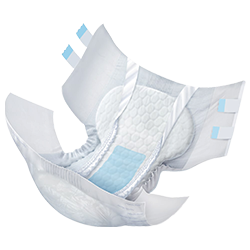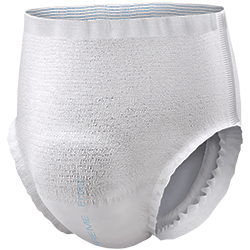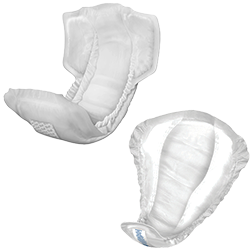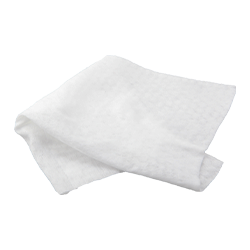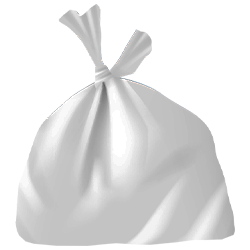Incontinence Products for Women During Menopause

Are you experiencing the effects of Menopause? Although menopause refers to the last menstrual period for a woman, it is not a singular event but a process that generally takes place sometime between the ages of 40 and 60. According to Everyday Health, 40% of women experience urinary incontinence during this time. Along with hot flashes, trouble sleeping and vaginal dryness you may experience sensitive or overactive bladder.
Most Common Types of Urinary Incontinence in Women
There are two main types of incontinence that are common in women. The first is stress incontinence and is caused by weakened pelvic floor muscles. This causes the leakage you may experience when coughing, laughing, sneezing, jogging, etc. The other type is urge incontinence which is caused by irritated bladder muscles and is often referred to as overactive bladder because symptoms include frequent and sudden urges to urinate. You may also experience some leakage with this type of bladder dysfunction.
Common Causes of Incontinence in Women
Besides menopause, some other causes of incontinence may be caused by surgery, medicine and aging. Pelvic muscles weaken with age, especially women who have given birth. Lower estrogen levels, weight gain and urinary tract infections are menopausal symptoms women experience during menopause.
Four Ways to Manage Incontinence During Menopause
Women don't have to experience urine leaks in silence. Talking with doctors and other specialists can help to alleviate symptoms of urinary incontinence. Doctors may recommend hormone replacement therapy (HRT) or surgery. There are other less risky things that women can do including pelvic muscle exercises, controlling weight gain, cutting back on caffeine, and using absorbent incontinence products.
1. Pelvic Exercises – Known as Kegel exercises, this term refers to a controlled contraction of the muscles at the base of the pelvic area. Such an exercise program usually includes alternate contracting and relaxing of the muscles that will start and stop urine flow. Strengthening these muscles can help bladder leakage when coughing, laughing, jogging (stress incontinence).
2. Weight Management – Extra weight can increase pressure on the bladder causing more frequent urination (urge incontinence). It can also weaken the pelvic floor muscles increasing stress incontinence.
3. Caffeine and Alcohol – Consuming diuretics such as these can cause the bladder to fill more rapidly adding to overactive bladder symptoms.
4. Incontinence Products for Women – There are many products designed to absorb urine such as panty liners, pads, and adult diapers. These products should be used instead of menstrual pads since they are usually made to absorb faster and reduce urine odor.
Absorbent Incontinence Products for Women
NorthShore AirSupreme Briefs are a breathable tab-style option for women managing heavy bladder and bowel leakage.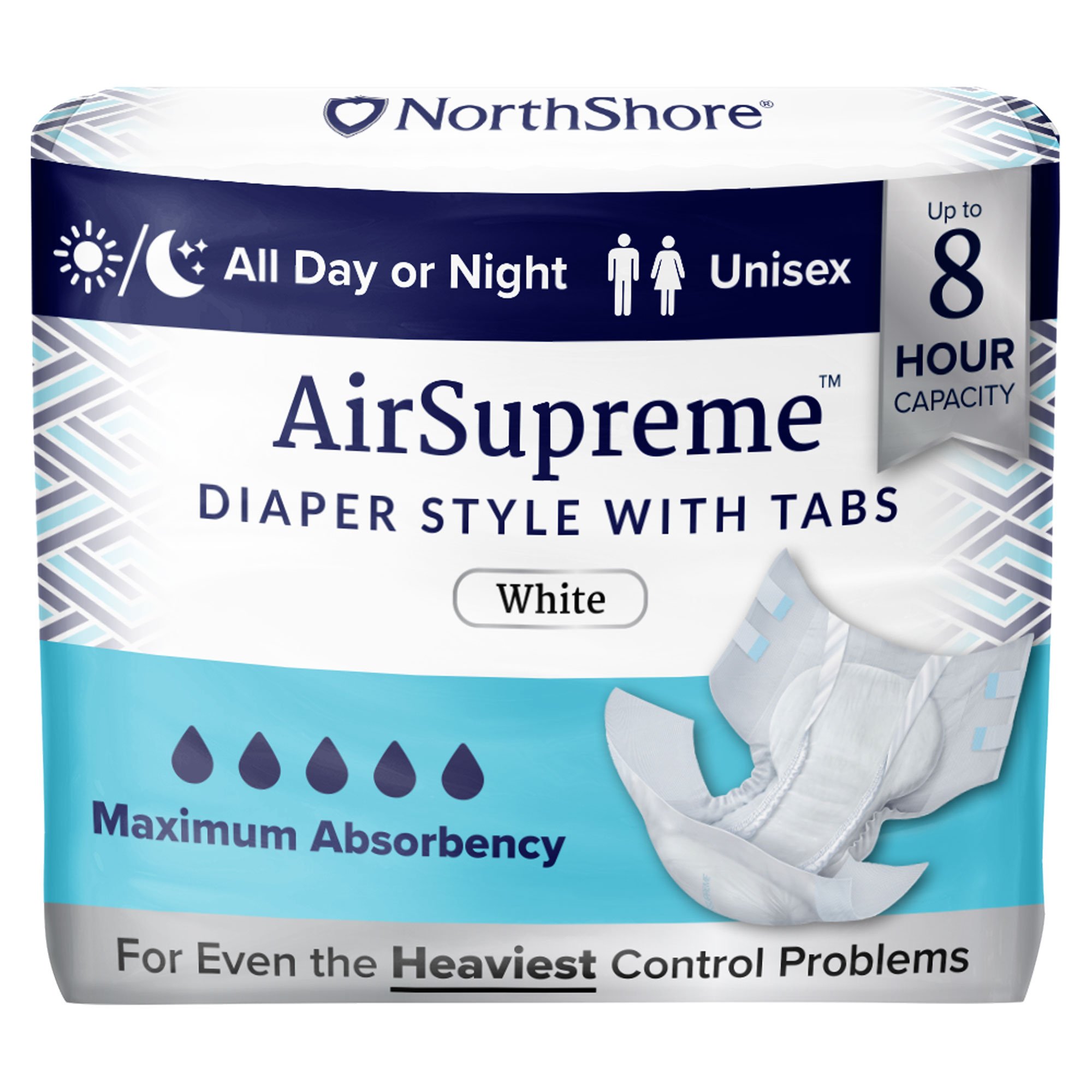
-
Wider coverage in the front and rear for heavy bladder and bowel leaks.
-
Elastic in the rear for a comfortable fit.
-
Rustle-Free Backsheet - Helps with discretion during movements.
-
Maximum absorbent capacity offering up to 8 hours of protection.
There are also a variety of pads and liners women can choose to contain lighter bladder leakage. These products come in a variety of sizes and absorbency levels.
Whether caused by menopause or simply as a result of aging, with proper management, urinary incontinence doesn’t have to get in the way of enjoying midlife and beyond. Women can enjoy their time and stay active with absorbent products available at NorthShore.
Shop Women's Incontinence Products online or call (800) 563-0161.
* Regardless of capacity, for optimal comfort and hygiene, it's important to change an absorbent product immediately after a bowel movement.
